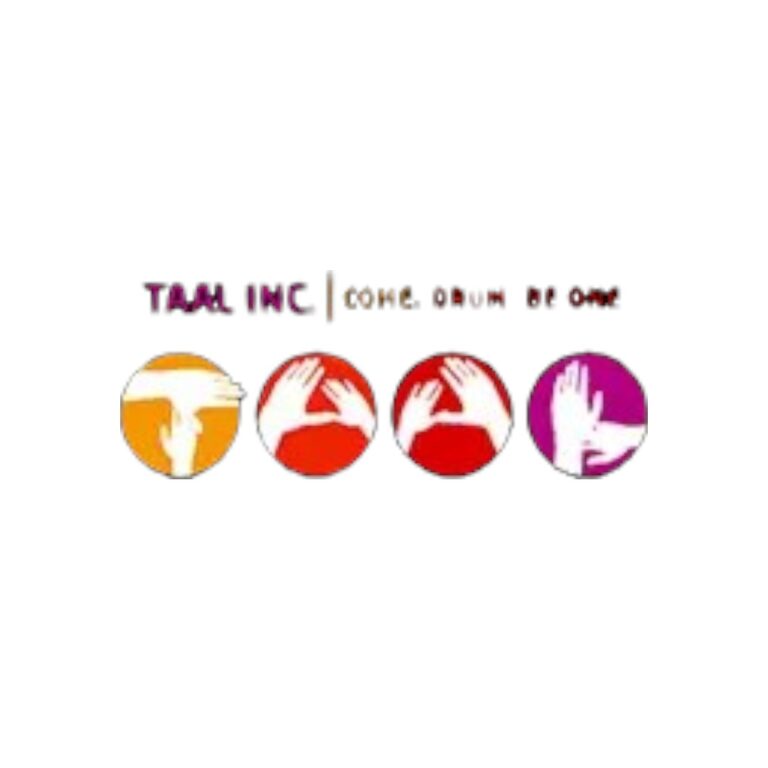Father’s Day is a big chance for online stores. People spend a lot of money on gifts for dads every year, so there is a lot of room to grow. However, many Shopify sellers find it hard to make the most of their Father’s Day sales, which means they miss out on extra money during this important shopping time.
This case study looks at how a Shopify seller improved their Father’s Day sales by 300% compared to last year. The ideas shared here can help any online store owner to improve their sales during special seasons.
The Challenge: Competing in a Crowded Market
Father’s Day marketing is different from other holidays. For Mother’s Day, people often focus on emotional gifts. But for Father’s Day, shoppers usually want useful gifts related to hobbies or experiences. Many people buy gifts in the two weeks before the holiday.
The merchant in this study had some typical problems. Their past Father’s Day campaigns didn’t do very well, with low sales and not many customers showing interest. Bigger stores made it hard for them to be noticed, and their usual products didn’t make people feel eager to buy.
Strategy 1: Data-Driven Customer Segmentation
The change started by looking closely at customer information. Instead of treating all buyers the same, the store examined what they bought, how they shop, and basic details about them to create different groups of customers.
Three main groups were found from this study. First-time Father’s Day shoppers were about 40% of the total. These are usually younger people buying their first gift for a new dad. Repeat customers made up 35% of the group. They have bought gifts for Father’s Day before but want new ideas. The last 25% were last-minute shoppers who always wait until the last week before the holiday.
Each group of customers got special messages and product suggestions. New customers got helpful information about popular gift types and buying tips. Loyal customers were shown new products and popular collections. Last-minute shoppers were given options for fast shipping and items that were ready to give as gifts. This method quickly increased email open rates by 45% and click rates by 32% compared to earlier general campaigns.
Strategy 2: Early Campaign Launch with Progressive Intensity
Instead of starting their Father’s Day sale a few weeks before the holiday, the store began promoting it two months early. This gave them time to gradually increase their marketing efforts. They began by sharing light promotions, showing images related to fathers and posting gift ideas on social media. People who signed up for emails got a “Father’s Day Gift Guide” that made the brand seem helpful, rather than just trying to sell things right away.
Six weeks before Father’s Day, there were more promotions with special discounts for subscribers. This made subscribers feel special and appreciated. Four weeks before the day, the Father’s Day sale started with ads on different platforms. In the last two weeks, there were daily emails, social media contests, and ads for people who visited the website but hadn’t bought anything yet. This step-by-step plan kept customers interested during the long promotion without making them tired of it.
Strategy 3: Product Bundle Creation and Cross-Selling
Buying just one product limits how much people spend and misses chances to show more products. The merchant solved this by making special bundles for Father’s Day shoppers. The “Grilling Dad” bundle included barbecue tools and seasonings. The “Tech Dad” package had electronics and gadgets. The “Active Dad” collection featured fitness gear and water bottles.
Bundles cost 15% less than buying items separately, which added value for customers and encouraged them to spend more. During checkout, customers received suggestions for related items based on what they already had in their cart. This approach helped increase spending by 28% and made customers happier because they liked having easy gift options to choose from.
Strategy 4: Customization Options for Personal Touch
Personalized gifts cost more money and help people feel more connected to them. The seller offered more ways to customize different products to meet this need.
Customers can now make custom designs for t-shirts, hoodies, mugs, phone cases, and other gifts. They can add names, dates, photos, or messages to create special presents for their dads. The online tool makes it easy to customize, letting users see what the final product will look like as they design it.
This personalization service allowed for higher prices because it offered something unique that big stores couldn’t match. Custom products were returned less often, and customers liked them more, leaving good reviews because they appreciated the personal touch.
Strategy 5: Strategic Content Marketing and SEO
Content marketing was very important for getting more visitors during the Father’s Day shopping time. The seller created a detailed plan to use helpful words and provided real value to shoppers.
Blog posts talked about ideas for Father’s Day gifts that fit any budget, last-minute gifts that seem thoughtful, and how to pick the right gift for your father-in-law. Each post was made to be easy to find on search engines and also easy for people to read and use.
Gift guides were made for different types of dads and their interests. There are guides like “Gifts for Dads Who Have Everything” and “Affordable Father’s Day Gifts Under $25.” These guides brought a lot of visitors and helped people find products easily.
Video content worked well with written materials. There were gift unboxing videos, styling tips, and customer reviews shared on social media. This combination helped improve search engine rankings and attracted various types of viewers.
Strategy 6: Social Proof and User-Generated Content
Social proof was a strong way to encourage sales during the Father’s Day campaign. The seller gathered and shared customer reviews, pictures, and happy comments to help gain trust from possible buyers.
A hashtag campaign asked customers to share photos of their dads using products they bought. These photos were shown on product pages, in emails, and on social media. Seeing real dads enjoying the products helped other people imagine their own dads using the same items.
Customers could easily share their reviews after buying products through automated emails. Happy buyers were encouraged to share their thoughts. The reviews, along with photos and detailed comments, were shown clearly on product pages to help other shoppers decide.
Working with dad bloggers and family content creators helped to reach more people and offered real product recommendations. These partnerships seemed natural and honest instead of just pushing sales.
Strategy 7: Mobile Optimization and Streamlined Checkout
More people are shopping on their phones, especially for gifts. The store focused on making their website easy to use on mobile devices for Father’s Day sales. They made sure the pages load quickly by shrinking images and removing things that weren’t needed. They also made the checkout process simpler to help customers finish their purchases. Returning customers can buy things with just one click.
Mobile features included easy navigation, simple product searches, and images that are easy to touch. Email campaigns were made for mobile first, making sure promotional messages looked good on phone screens. These changes lowered the number of people leaving the mobile site by 22% and raised the number of purchases from mobile users by 31% compared to last year.
Strategy 8: Retargeting and Abandoned Cart Recovery
Not every person who visits a website buys something right away, but using smart ads can help bring back many of them to make a purchase. The store created special ad campaigns to reconnect with those who showed interest in their products. People who looked at Father’s Day gifts but didn’t buy them saw ads for those specific items.
The store also sent emails with limited-time discounts to encourage people to finish their purchases. They sent reminders at different times: one hour after someone left the site, another after 24 hours with reviews from other customers, and a final email after 72 hours with a small discount. On Facebook and Instagram, ads showed visitors the exact products they looked at, keeping the store in their minds as they decided whether to buy.
Results and Key Metrics
The Father’s Day sale plan worked really well. Total sales went up by 312% compared to last year, which was much better than expected. More people visited the website, with an 89% increase, and 34% of new visitors found the site through search engines. Email marketing brought in 156% more money than last year, while social media posts got 3.2 times more interactions.
The average amount spent by customers increased by 28% because of effective bundle offers and selling related products. It cost 19% less to gain new customers since more people found the store through searches and recommendations instead of paid ads. Most importantly, many Father’s Day shoppers returned as customers throughout the next year.
Lessons for Other Shopify Merchants
Some important ideas come from this successful Father’s Day sale change. Starting early gives time to let people know about the sale and try different ideas before the busiest shopping times. Understanding different types of customers helps to send the right messages to each group. Offering product bundles and custom choices can lead to higher sales and makes the products stand out from competitors.
Sharing useful content draws in customers and offers value beyond just selling. Showing customer reviews builds trust among buyers. It’s also important to make sure websites work well on mobile devices since many shoppers use smartphones. Retargeting ads can help bring back visitors who are interested but need more reminders before buying.
To succeed, it is important to see Father’s Day marketing as a combined effort, not just separate promotions. All parts should work together to give customers a smooth experience from the moment they first hear about the product until after they buy it. The ideas in this study can be used by businesses in different fields and at any stage of growth.
While the specific methods may differ based on the type of product and the target audience, the main ideas of making decisions based on data, focusing on customers, and planning campaigns carefully are useful for everyone. By using these effective strategies, Shopify sellers can greatly boost their Father’s Day sales and build strong relationships with customers who will come back all year.


